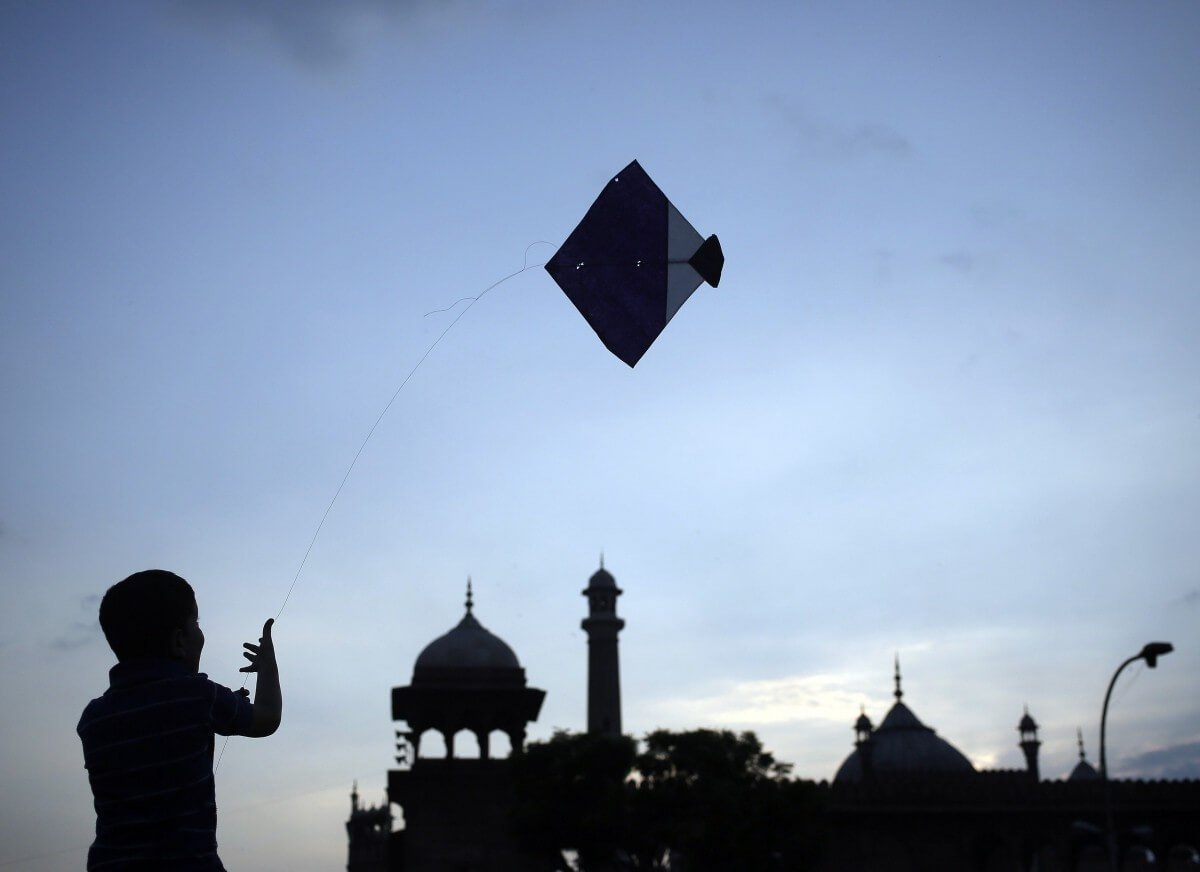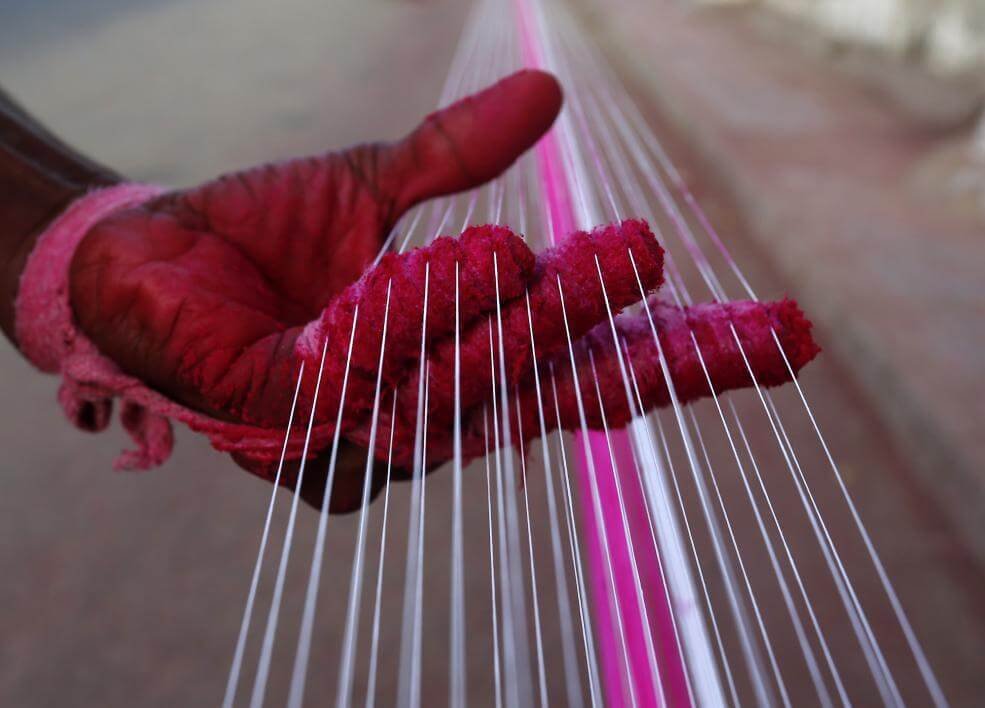With the onset of kite-flying season, the menace of Chinese kite flying string literally hangs over our head like the proverbial sword.
On Friday, a 35-year-old biker’s neck was cut by a kite flying string on the Geeta Colony flyover in New Delhi.
The victim, Yogesh, was rushed to a nearby hospital and later discharged. Police is investigating whether it was the banned Chinese manjha that cut the biker’s neck.
NGT bans manjha
The incident took place weeks after National Green Tribunal imposed a complete ban on manjha made of nylon or any synthetic material which is non-biodegradable, saying it posed a threat to the lives of birds, animals and humans.

A bench headed by NGT Chairperson Justice Swatanter Kumar had directed all state governments to prohibit the “manufacture, sale, storage, purchase and use” of synthetic manjha or nylon threads and all other synthetic threads used for flying kites.
However, this isn’t the first time a judicial body has ordered a blanket ban on Chinese manjha across India.
Does the ban help?
Last year, a number of fatalities took place in the national capital due to the accidents caused by manjha. According to doctors, the most common injuries due to manja is the slashing of throats. which largely proves fatal for the victim.
But many had pointed out last year that Delhi government’s ban on Chinese manjha had come when the damage was already done. More than a week before the Independence Day last year, the Delhi government had considered a proposal to ban the glass and metal-coated thread in the capital. But the ban order – after getting entangled in a bureaucratic tussle between AAP government and Delhi Governor’s office – came up a day after August 15 – the day many kite-makers call the final day of the kite-flying season.

According to kite-sellers, Chinese manjha was first introduced in the market around eight years back. Produced locally, Chinese manjha is durable and cheap, resulting in its widespread usage among kite enthusiasts. But the costs were too heavy.
Manjha’s heavy cost
In August 2016, Delhi High Court had mentioned that 15 deaths had occurred in Delhi, UP and Rajasthan due to injuries caused by manjha in the last two years. Besides humans, animal rights activists have long voiced their concerns of the manjha’s danger to animals and birds.
Gujarat was the first state to wake up to adverse effects of the plastic thread after the animal rights activist brought to light the painful deaths and injuries suffered by birds due to it. After announcing ban on Chinese manjha in 2009, Gujarat was followed by Maharashtra and Rajasthan in banning the Chinese manjha under the provisions of Environment Protection Act, 1986. In recent years, Andhra Pradesh, Karnataka and Odisha also followed.
Manjha sellers suggest rather than focusing on shops and retailers dealing with kite-flying items, the law enforcement authorities should choke the source of supply i.e. factories manufacturing Chinese manjhas.
The question remains: how soon will that happen?
Feature image source: Reuters/File Photo

















